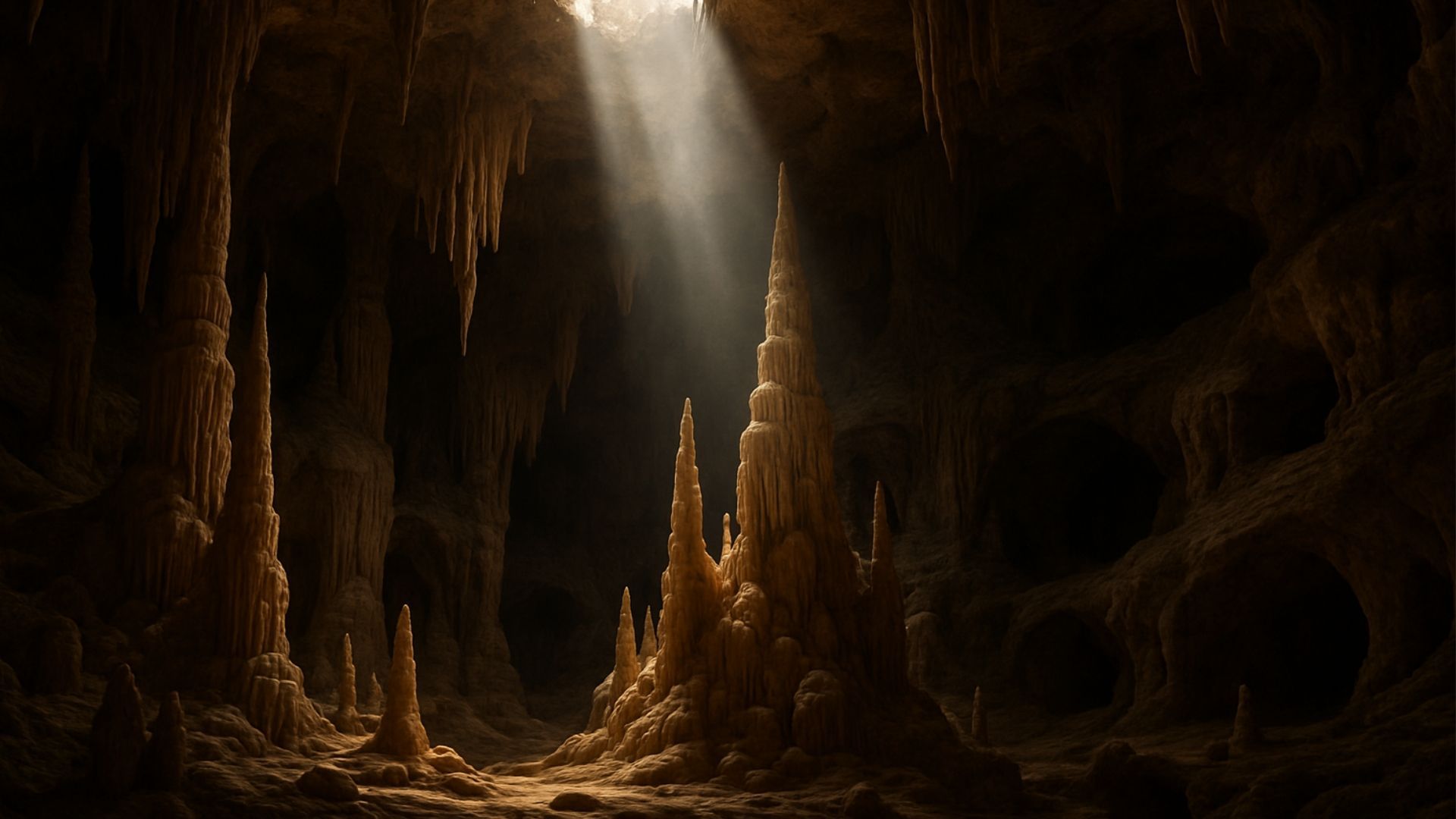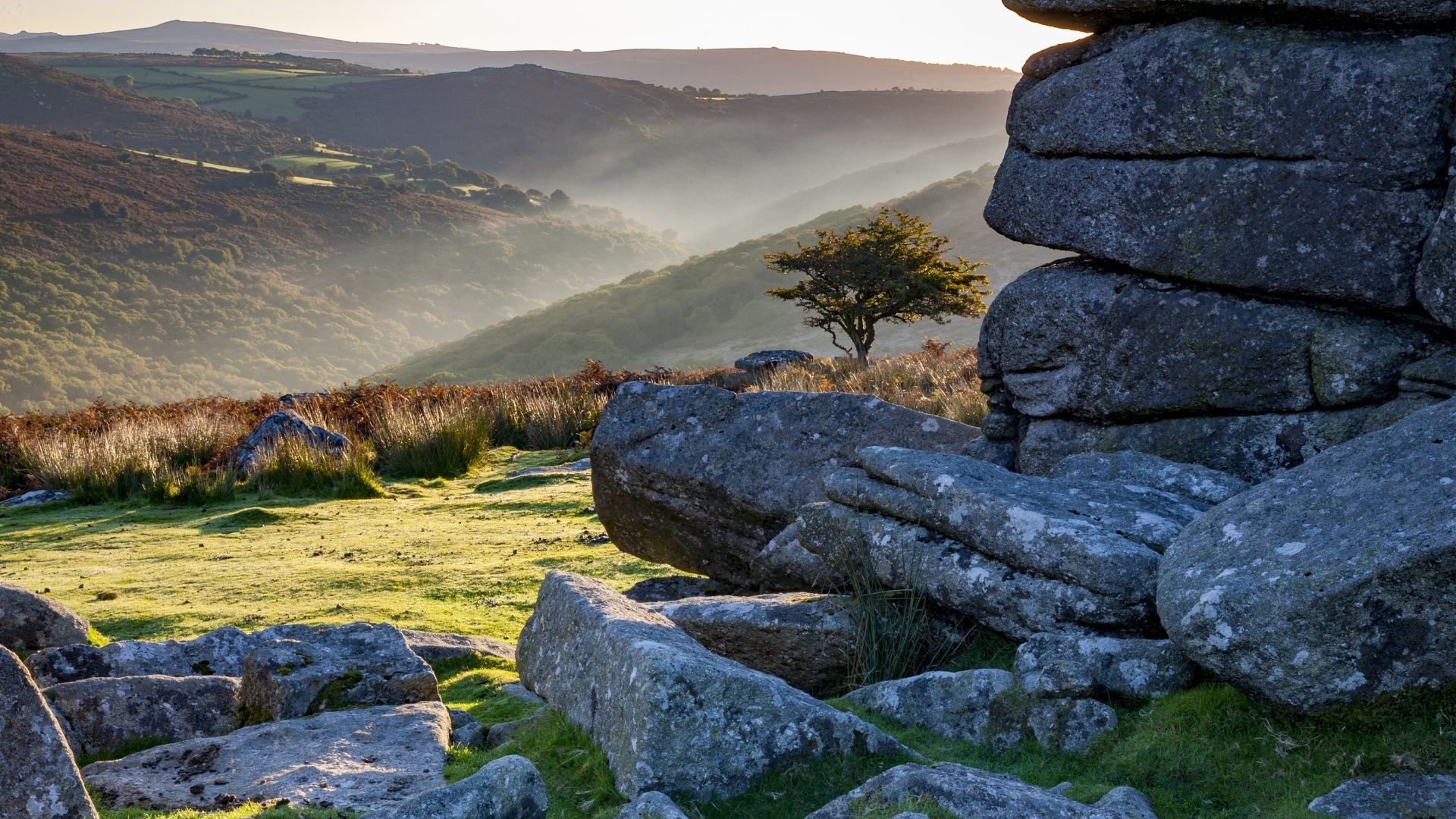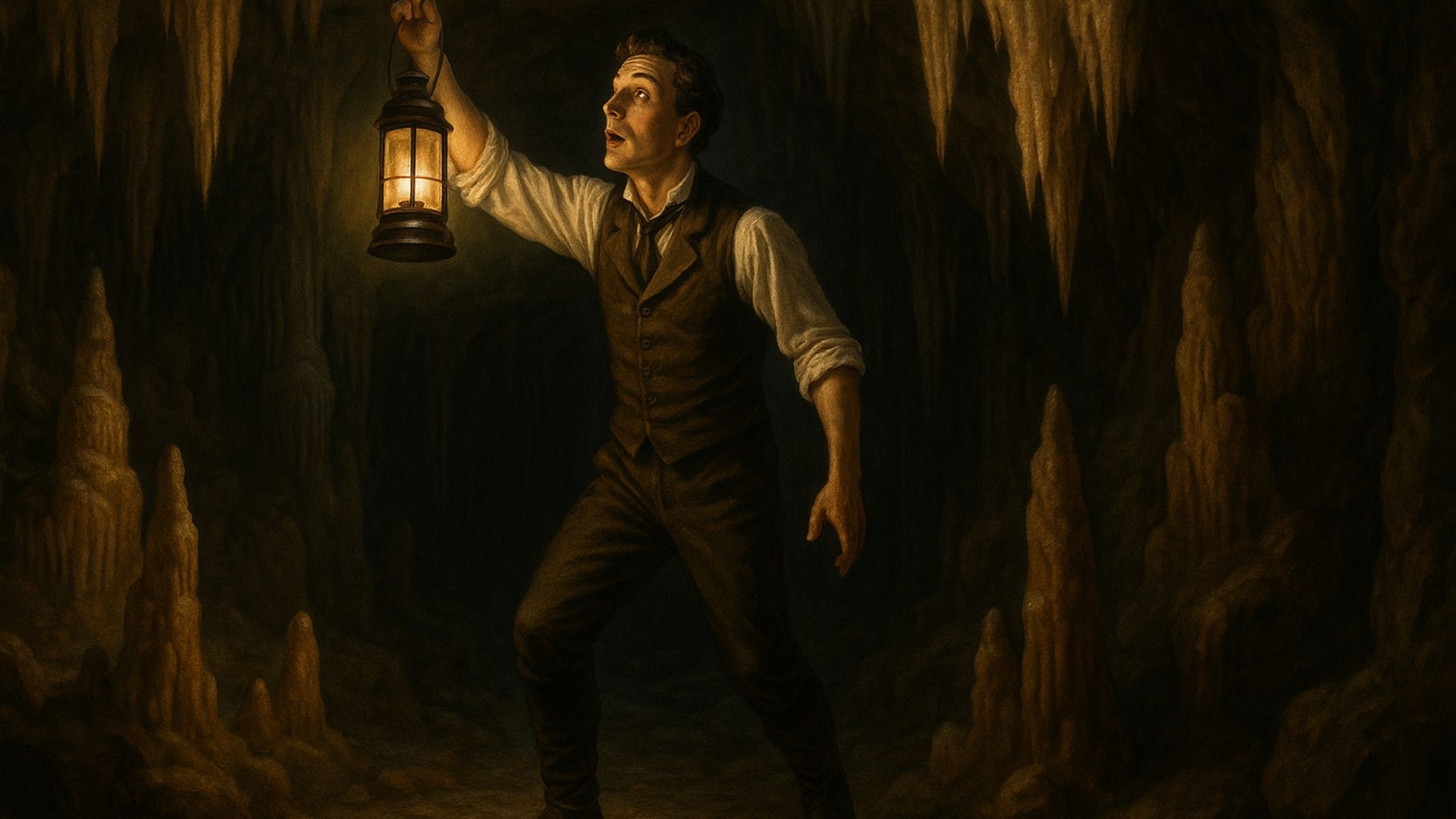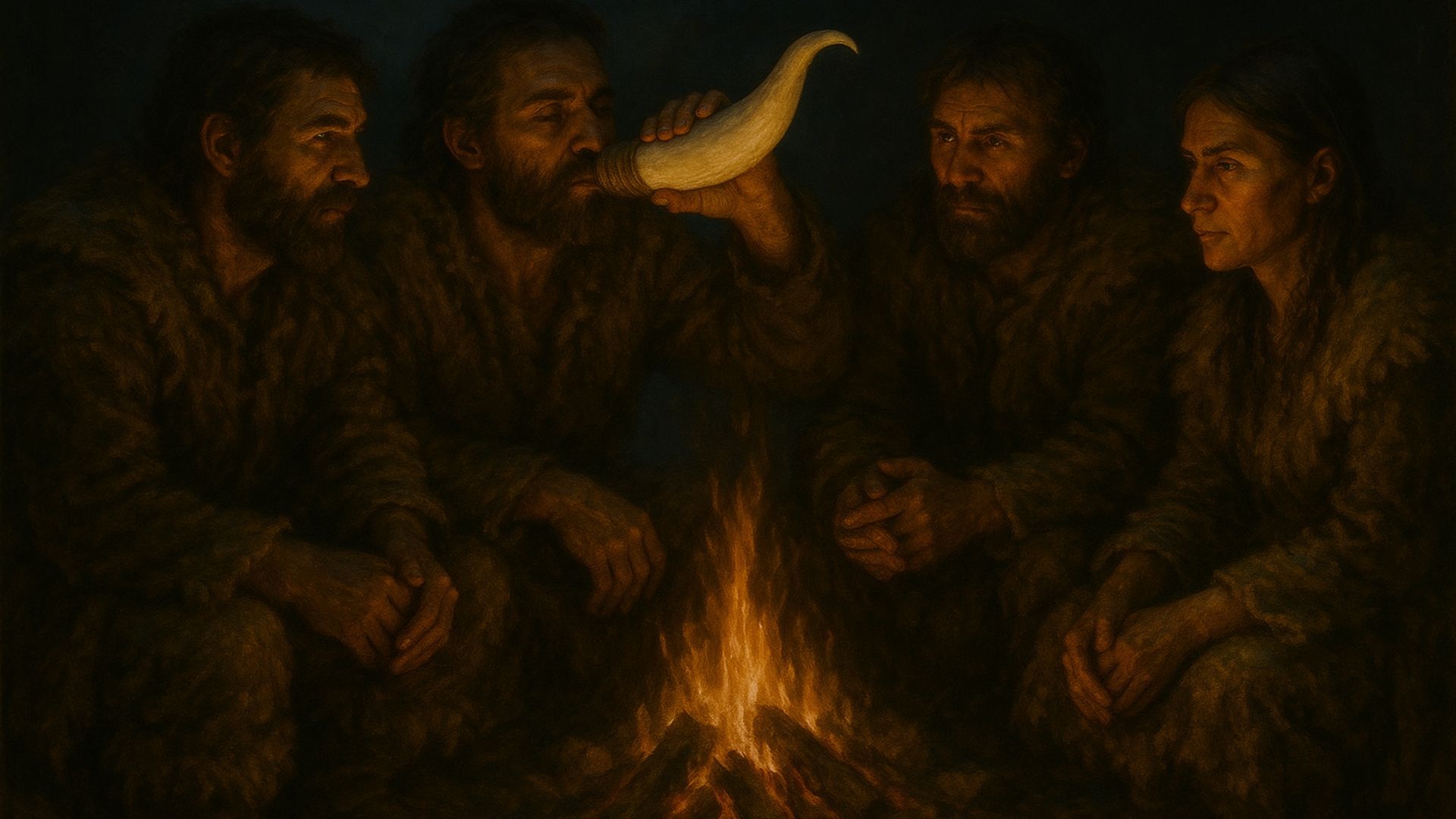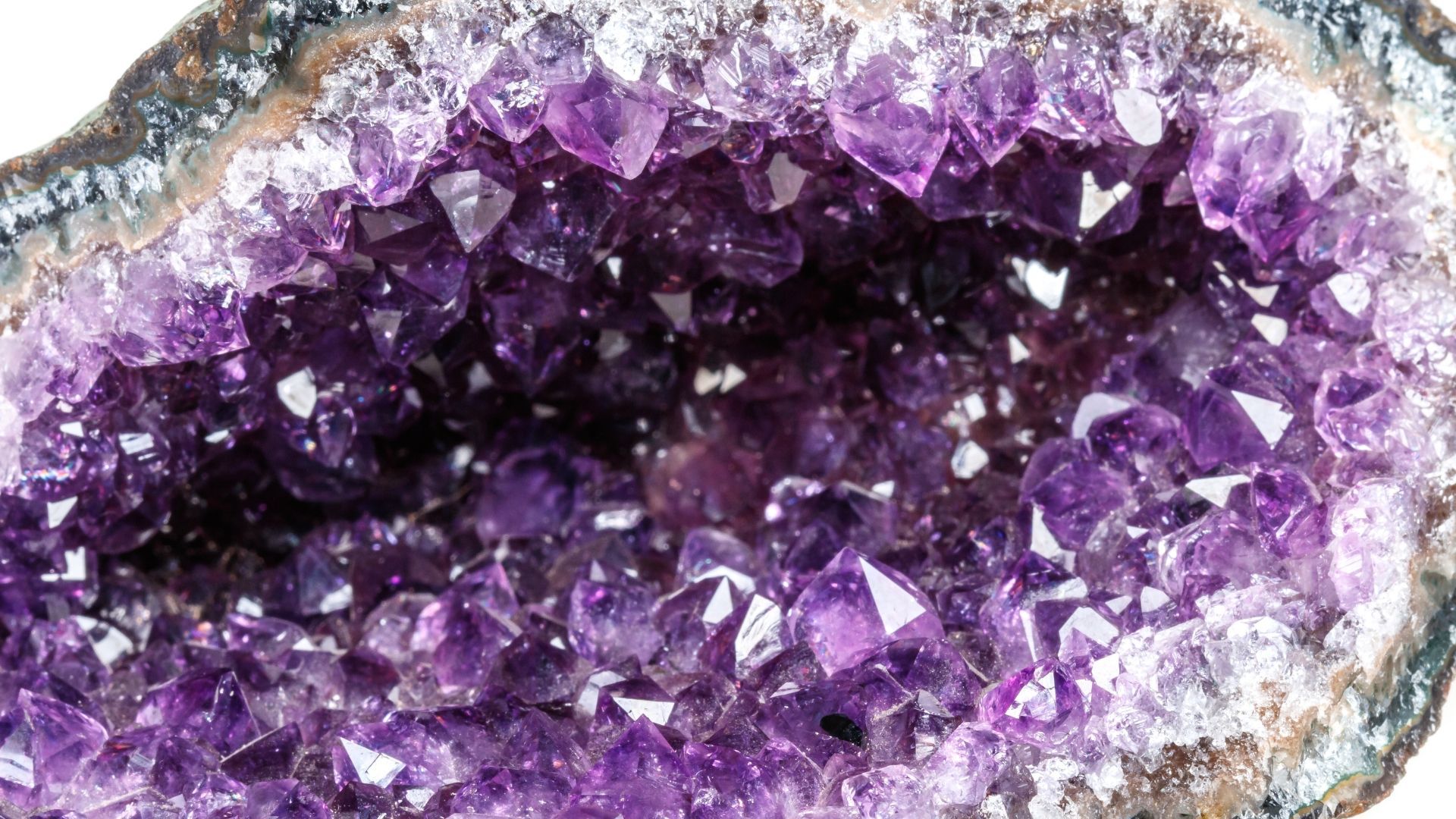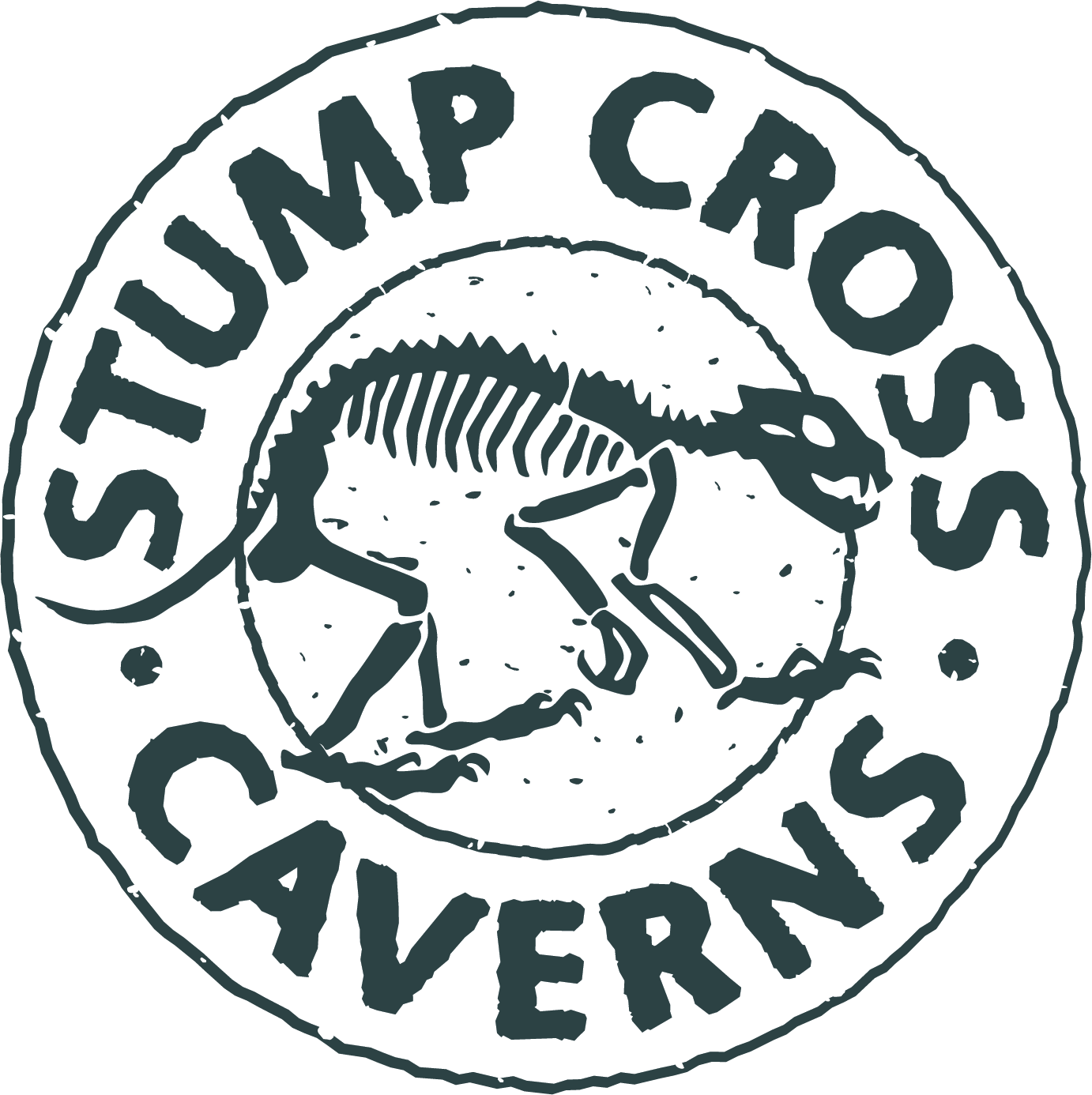Prehistoric fashion: what did Stone Age people wear?
Think early humans wore rags like The Flintstones? Think again. Learn the truth about Stone Age fashion.

It is a hot afternoon in the savannah, many thousands of years ago. We're in a field in what will become modern-day Ghana. A hunter sits, eating the remains of a mammal his tribe killed days ago. A fire crackles despite the heat, so as to cook the meat before it rots.
As he eats, the hunter stares at the animal. He notices that the pelt is drying out in the hot sun. It is becoming warm and leathery. The human thinks of the coming evening. It gets cold at night – even here, near the equator. He considers covering himself with the animal skin.
The human has just invented clothing.
Estimates vary, but it would appear that humans began wearing clothes sometime between
400,000 and 100,000 years ago. In this article, we'll discuss why this happened, what the clothing looked like and why it matters.
The short answers to those questions are: people lost their hair via natural selection, began wearing capes of animal fur and then started fitting the clothing around their arms and legs as climates cooled. They never could have known that those simple, practical steps would light the touchpaper for heated anthropological debates, hundreds of thousands of years into the future.
But first, let's talk about what we even mean by early humans.
Early humans
If we're answering the question, "What did Stone Age people wear?" we need to establish what the Stone Age actually is – and what types of humans lived in it.
Our species, Homo sapiens,
split from Neanderthals somewhere between 800,000 and 400,000 years ago. This is around the time humans first wore clothing. So, we'll call these cavepeople or Stone Age people "early humans".

Making clothing may have been one of the first important activities that these early humans undertook. Arguably, tailored clothing is what distinguishes us from some of the other evolutionary offshoots of the primitive branches of our taxonomic tree.
In other words, well-made clothing marks human behaviour. Neanderthals – who were still roaming the Earth at this time –
also wore clothes. However, their cape-like clothing was fairly simple compared to the tailored togs that
Homo sapiens
were whipping up.
How do we even know that people wore clothes back then?
The problem with studying the clothing of ancient peoples is that clothing doesn't stick around long enough for anthropologists to find later. (Anthropologists, in case you were wondering, are scientists who study human habits and customs.)
Early humans likely used animal hides to make jackets and (possibly) trousers. Animal skins disintegrate very quickly. The humans in question who first wore clothing did so, at minimum, 100,000 years ago. A leather jacket would not last that long.
So, how can we even begin to construct a timeline of when humans started wearing clothing?
The answer to this question is tools.
What
has survived for tens of thousands of years are the tools humans and even Neanderthals used to make clothing. And not needles to join threads. Those would be hard to find – and would only be effective on clothing made from wool. This material wouldn't come into vogue until around 50,000 years later.
Instead, anthropologists have found large tools made of bone. These were used to wipe fibres and sinew off the animal skins, so they weren't covered in gunk when people wore them.
How do the scientists know that's what they were used for? It's a fair question.
Imagine you're digging through what used to be an early human settlement. You find what looks like a crudely made shovel or brush. It could have been a spade or even a badly designed hammer.
But scientists look for where the material on a tool has been worn down. And anthropologists have found mandible bones that indicate use as a brush that couldn't have been for hair. Scientists deduce that these instruments were likely used to make the first clothing.
Changes
Speaking of the assumptions of scientists, we should mention a few debates and changes to theories that have occurred over the years.
One change of note is the assumption that cave people – Neanderthals and early humans – were stupid. It's important to remember that early humans were as smart as we are now. They didn't have phones or calculators, so we could still probably beat them at
Countdown. But humans had relatively sophisticated cultures and technologies back then, just as we do today.
The difference is that knowledge, thanks to the invention of schooling, is now cumulative. But early humans were just as capable of understanding what an atom is – they just hadn't discovered atoms yet.
This is important to note because clothing became quite ornate quite early. Neanderthals kept using capes for a long time – but
Homo sapiens eventually tailored their clothing to fit their bodies. They did this because they migrated northwards over time and needed better insulation against the cooler climate. Clothing as a mark of tribe and culture evolved quickly.
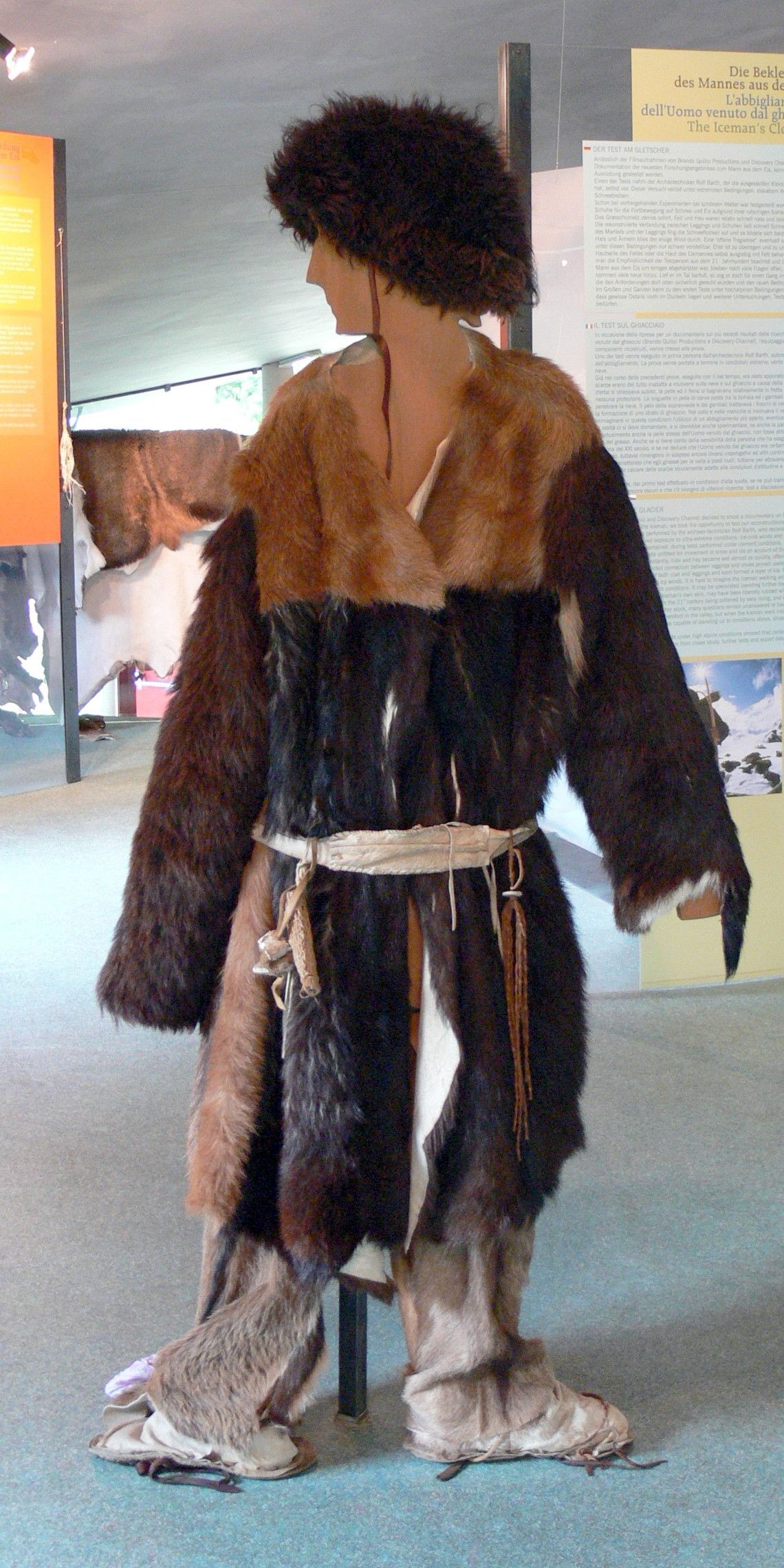
So, while you may be tempted to think of Stone Age people as wearing loin cloths or even the animal-skin equivalent of a toga, this simply isn't true. Even as early as 200,000 years ago, some humans were probably wearing complicated dresses and shirts made from leather and other materials.
Why do humans wear clothes?
The simple answer to why humans wear clothes is that we'd otherwise be naked. And decades ago, scientists speculated that Neanderthals – who, like humans, had lost their hair – just walked around naked.
Later evidence, however, suggests that humans and Neanderthals began suiting up shortly after they lost their hair.
But why did we lose our hair in the first place?
There are many theories, but the one generally agreed upon is that humans' skin began being exposed in order to ventilate heat. This theory is much more boring than
others, but it is likely correct. And, in some ways, it's fascinating that humans and few other species have evolved to allow for this unique condition.
It's especially favourable for humans, who come with minds sophisticated enough to build their own insulation when conditions require it. This is the ultimate adaptability to one's environment.
Why do people study this stuff?
Clothing is a great example of a reason why anthropologists study human behaviour.
It's important to know what's arbitrary and what's ingrained in humans' minds. It was once thought that clothing was arbitrary. But by studying the tools used to create clothing and the timeline of those tools' creation, we come to discover that clothing and even fashion directly correlate with early humans branching off from Neanderthals.
This suggests that clothing is indelibly human as far as activities go. This, in turn, speaks to the way our brains function – as well as our adaptability and adventurous natures.
In short, studying the early history of clothing is a great way to get to know our species.
Want to learn more?
There are some fantastic resources out there if you want to know more about the specifics of the clothing of early humans. And if you want to know more about cave life, you can ask our very own
Cavewoman. She lives right here at Stump Cross Caverns.
Do your kids want to learn about the fascinating world of prehistory? They can join the Stump Cross Cavewoman as she takes them on an exciting fossil dig. Learn more about her fun and educational
kids' activities in Yorkshire.

